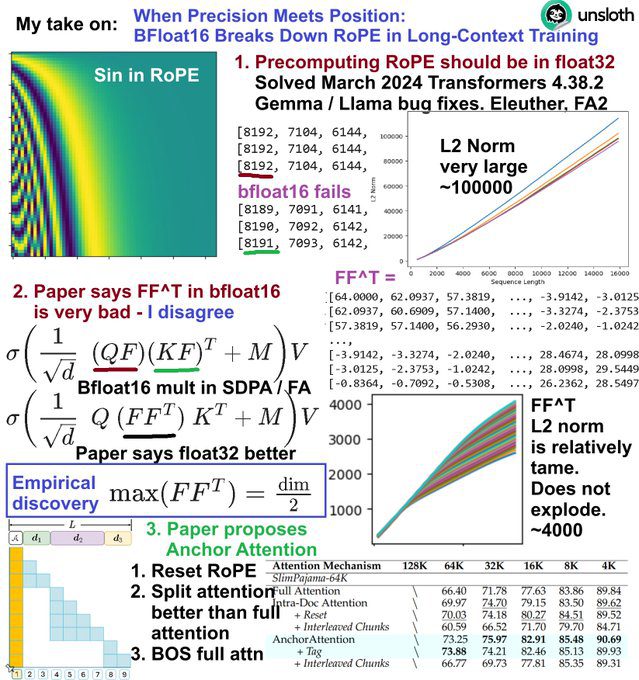Introduction to Star Attention
In the rapidly evolving field of artificial intelligence, optimizing the performance of large language models (LLMs) is a critical challenge. NVIDIA’s Star Attention mechanism offers a significant breakthrough in this domain. Star Attention is a block-sparse attention mechanism designed to reduce inference time and memory usage for LLMs on long sequences by up to 11x while maintaining 95-100% accuracy. This innovation is achieved through a two-phase process: parallel blockwise-local attention and sequence-global attention for query and response tokens. It integrates seamlessly with most Transformer-based LLMs.
For more details, you can explore the GitHub repository and the research paper.
The Two-Phase Process
The two-phase process employed by Star Attention is a game-changer in the AI landscape. The first phase, parallel blockwise-local attention, focuses on local interactions within blocks of the sequence, allowing for efficient computation. The second phase, sequence-global attention, ensures that the model captures global dependencies across the entire sequence. This combination enables the model to handle long sequences more effectively without compromising accuracy.
Integration with Transformer-Based LLMs
One of the standout features of Star Attention is its seamless integration with existing Transformer-based LLMs. This compatibility ensures that developers and researchers can easily adopt this mechanism without significant modifications to their existing models. The ability to maintain high accuracy while drastically reducing inference time and memory usage makes Star Attention a valuable tool for the AI community.
Comparison with Other Techniques
Star Attention is not the only innovation in the field of efficient LLM inference. For instance, Microsoft’s BitNet.cpp can run a 100B BitNet b1.58 model on a single CPU, achieving processing speeds comparable to human reading, at 5-7 tokens per second. Similarly, researchers have proposed a new technique called L-Mul, which solves the problem of energy-intensive floating point multiplications in LLMs, achieving 95% less energy consumption in neural networks.
Revisiting Traditional RNN Architectures
Interestingly, amidst the dominance of Transformer models, there is a renewed interest in traditional RNN architectures. According to an article titled RNNs are Back to Compete with Transformers, proposed RNNs, including minGRU and minLSTM, are 175x and 235x faster per training step than traditional GRUs and LSTMs for a sequence length of 512. These models offer efficient training in parallel using the parallel scan algorithm, with fewer parameters resulting in faster training.
PyTorch 2.5 and High-End GPU Performance
In the realm of AI frameworks, PyTorch 2.5 has introduced significant performance improvements, especially for H100 GPUs and LLM workflows. This version adds Intel ARC dGPU and Core Ultra iGPU support for Linux and Windows, bringing broader compatibility and performance optimization to Intel GPUs in AI workloads.
The Future of Generative AI
Looking ahead, new model architectures like TTT (Tree of Thoughts Transformer) are poised to revolutionize generative AI. According to an article on TechCrunch, TTT models process significantly more data than transformers with less compute power by replacing the hidden state with a machine learning model. This innovation could lead to more efficient and scalable AI applications.
Related Articles
- Exploring the LLM Engineer’s Handbook: A Comprehensive Guide for AI Researchers
- Rethinking LLM Memorization
- Deepseeks JanusFlow 1.3B: A Unified Multimodal LLM Revolution
- Human Creativity in the Age of LLMs
- ICLR 2025: Analyzing the Latest Batch of LLM Papers
Looking for Travel Inspiration?
Explore Textify’s AI membership
Need a Chart? Explore the world’s largest Charts database
